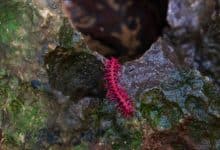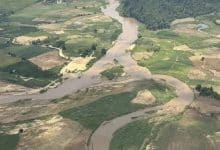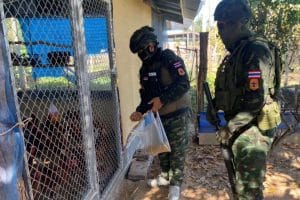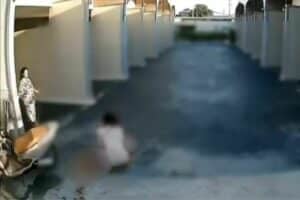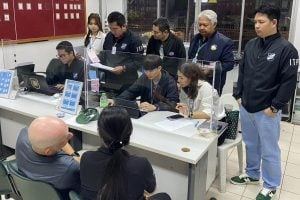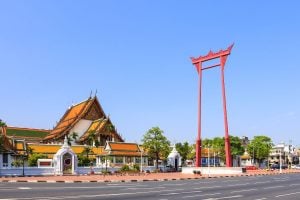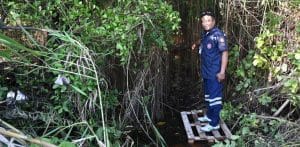Dugong numbers plummet as seagrass vanishes in Andaman
Marine experts launch replanting drive to support endangered species
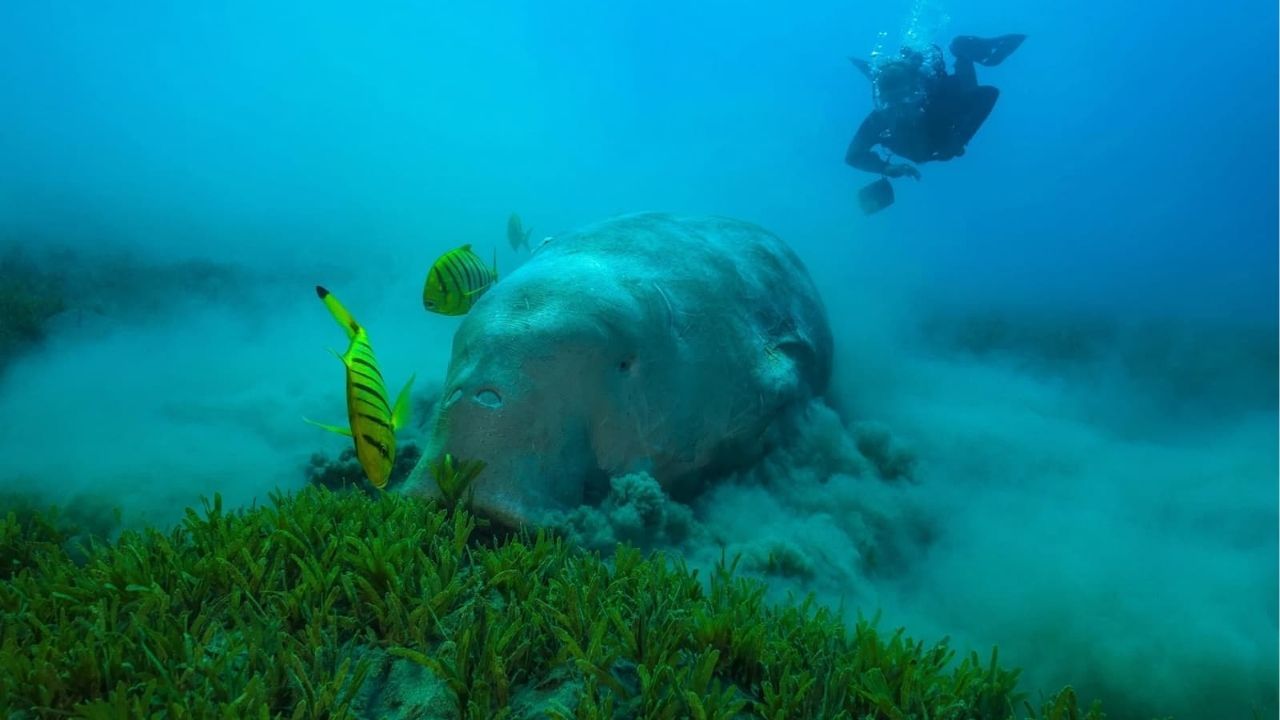
Conservationists in Thailand are working to restore seagrass beds in the Andaman Sea after dugong numbers dropped sharply due to food loss and habitat damage.
The Thai Coral Reef and Marine Life Conservation Foundation has launched a renewed campaign to restore seagrass beds in the Andaman Sea, after recent drone surveys revealed a drastic decline in dugong numbers, from 248 two years ago to just 114 today.
According to Kongkiat Kittiwatthanawong, a member of the foundation’s academic promotion subcommittee, the biggest dugong populations were once found in Trang and along the Andaman coast. But worsening marine conditions and shrinking seagrass beds have forced the gentle sea mammals to migrate in search of food.
“The decline began early last year when a ‘sea drought’ wiped out over 20,000 rai of seagrass. That, combined with climate change and human activity, has left dugongs struggling to survive.”
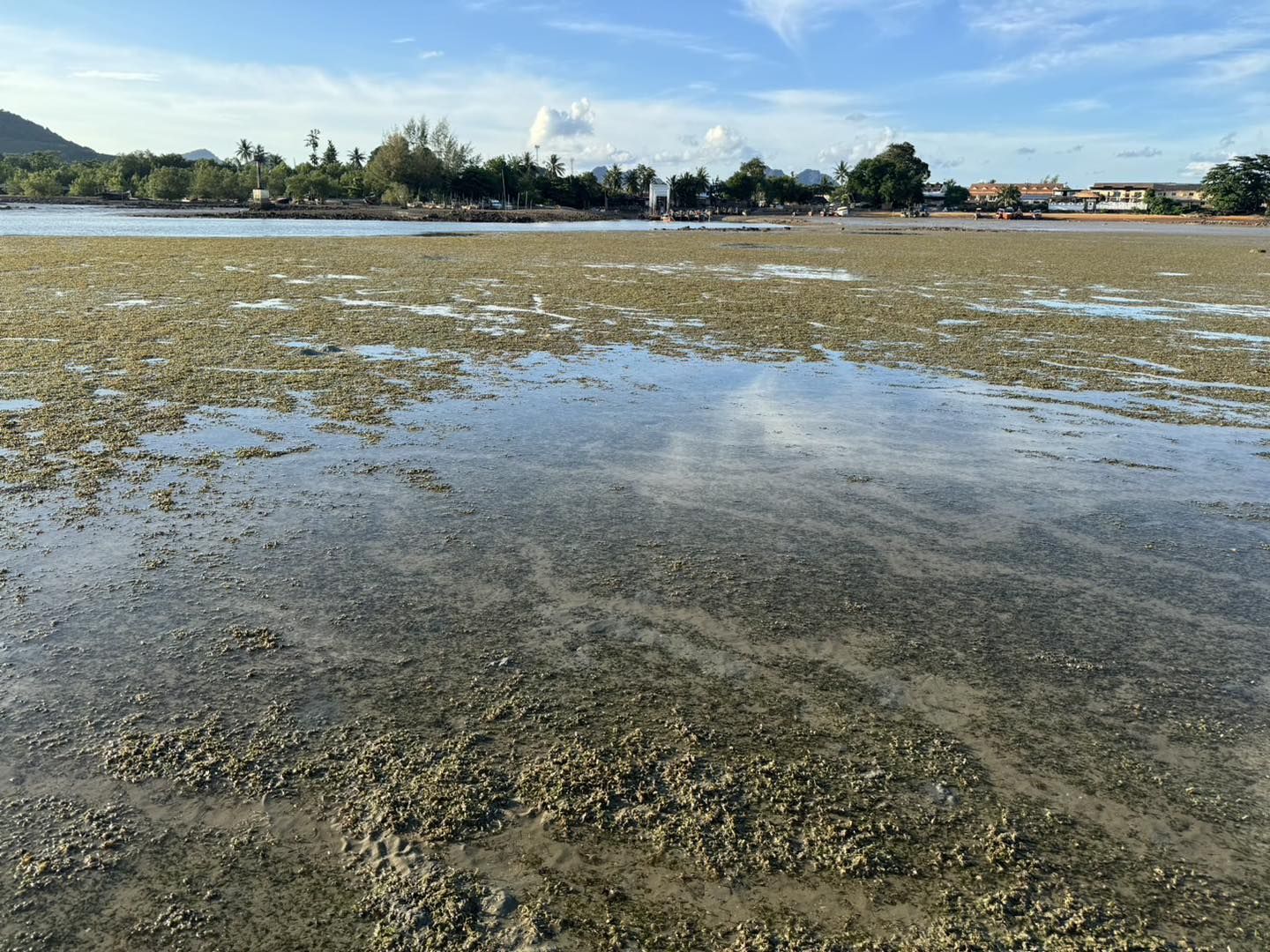
In addition to food shortages, the dugongs face deadly threats from fishing gear. Many become entangled in gill nets and trap ropes, leading to injuries or drowning, as dugongs must surface regularly to breathe.
To combat the crisis, the foundation is now focusing on restoring critical feeding grounds. In partnership with the Phuket Marine Biological Centre, seagrass seedlings are being cultivated on a four-rai plot in Phang Nga’s Ban Bang Phat. These will eventually be transplanted to Trang and Krabi, where dugong sightings remain frequent.
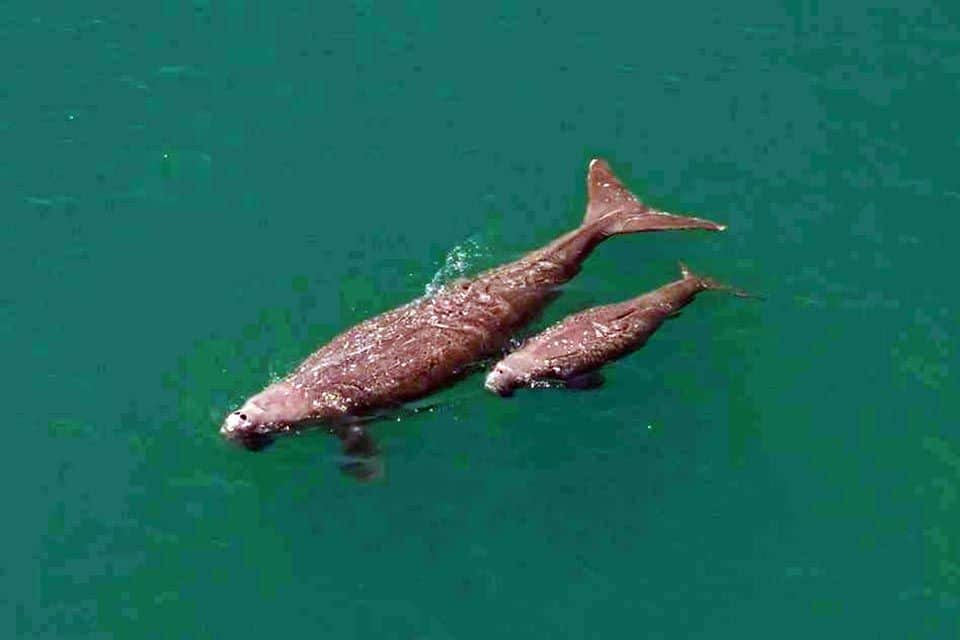
The foundation is also working with the Sireetarn Marine Endangered Animals Rescue Centre in Phuket to rehabilitate dugongs that wash ashore sick, injured, or malnourished.
Last year, restoration efforts helped expand Thailand’s total seagrass area to 97,784 rai, but more work remains. The goal is to double the seagrass coverage within the next two years, according to Bangkok Post.
“The population may have halved, but if we act now, we can reverse the trend. There is hope that in the next five years, dugong numbers will begin to stabilise.”
Latest Thailand News
Follow The Thaiger on Google News:
